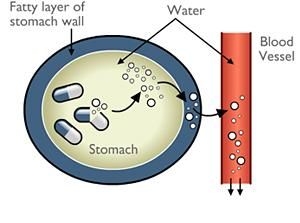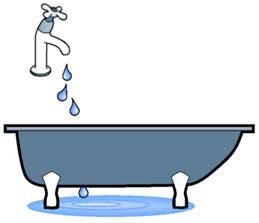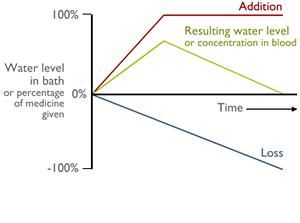This topic takes on average 55 minutes to read.
There are a number of interactive features in this resource:
 Chemistry
Chemistry
 Science
Science
Student teams make boxes and labels for medicine bottles in the core task of this suite of activities. Dosage information can be deduced from associated tasks. Planning, quality control and some risk are essential to achieve challenging targets and bonus points.
The Medicine Box Challenge and its associated tasks help you learn about medicines, their effects and how they are administered. You can also learn more about what goes into a tablet or capsule as well as the active ingredient.
There are some medicines that we take or use that go directly to that part of the body that has got the problem. Can you think of any?
If you take a medicine as a solid by mouth it ends up in the stomach which is full of water containing digestive enzymes and acid. For the drug (the biologically active ingredient) to get into the blood stream, and therefore round the body, it has to cross a number of barriers.

First of all the solid has to dissolve in the water in the stomach, then it has to cross the wall of the stomach and then it must pass into the water of the blood stream. All of our cells are covered in a fatty membrane and drugs have to pass through this. Therefore, drugs which are absorbed well must have solubility in both water and fats otherwise they can not cross these barriers. Use the animation below to see how a medicine could cross a cell membrane through the processes of diffusion, osmosis and active transport.
How well a drug works and how long it acts for depends on how much there is in the blood stream (the concentration in the blood). This concentration varies with time depending on how quickly it gets from the stomach and how quickly your body gets rid of it. It is just like trying to fill a bath with a leaking plug - as some goes in part of it runs out.


Imagine what happens to the level of water in the bath if you gently pour one whole bucket of water in. The level goes up quickly but then starts to drop as the water leaks out. It is the same with levels of drug in your blood. Just think of the bucket of water being a tablet of drug.
Different medicines have different blood level profiles. These profiles depend upon their relative rates of absorption from the stomach and loss through being broken down by the kidneys and liver.